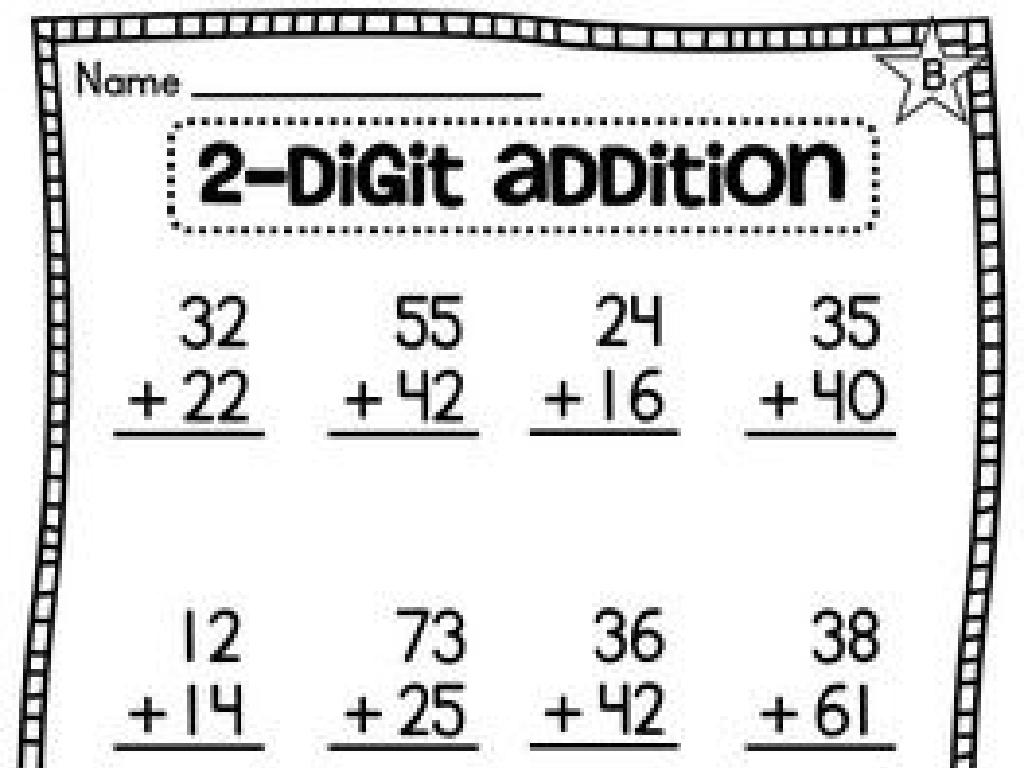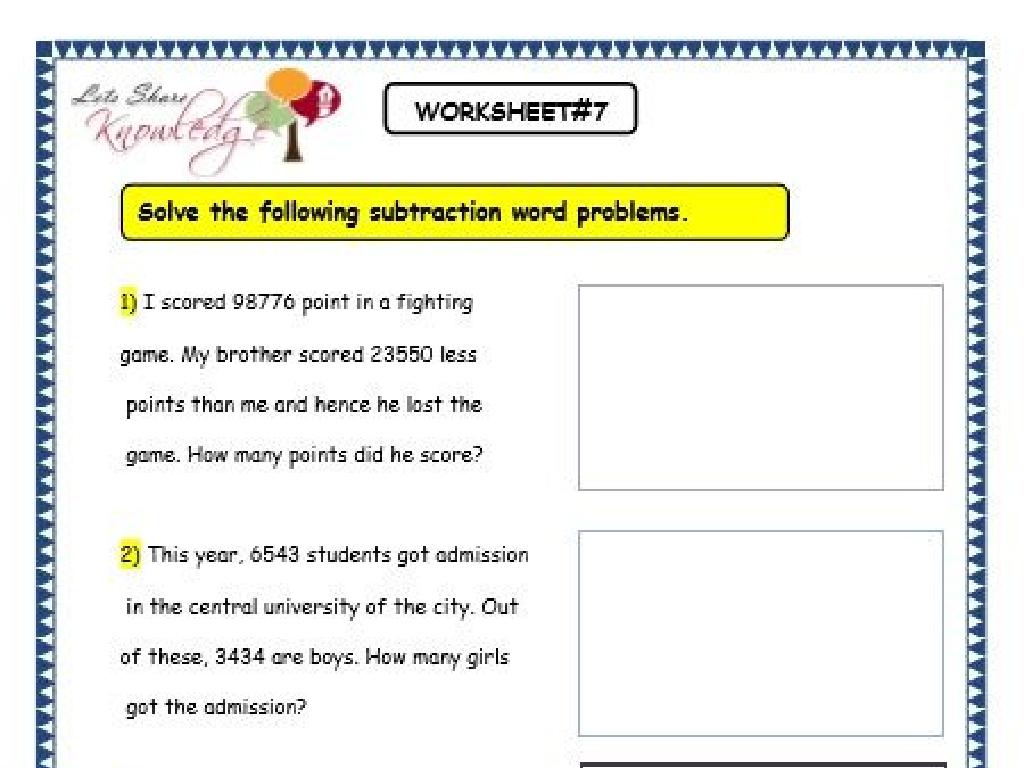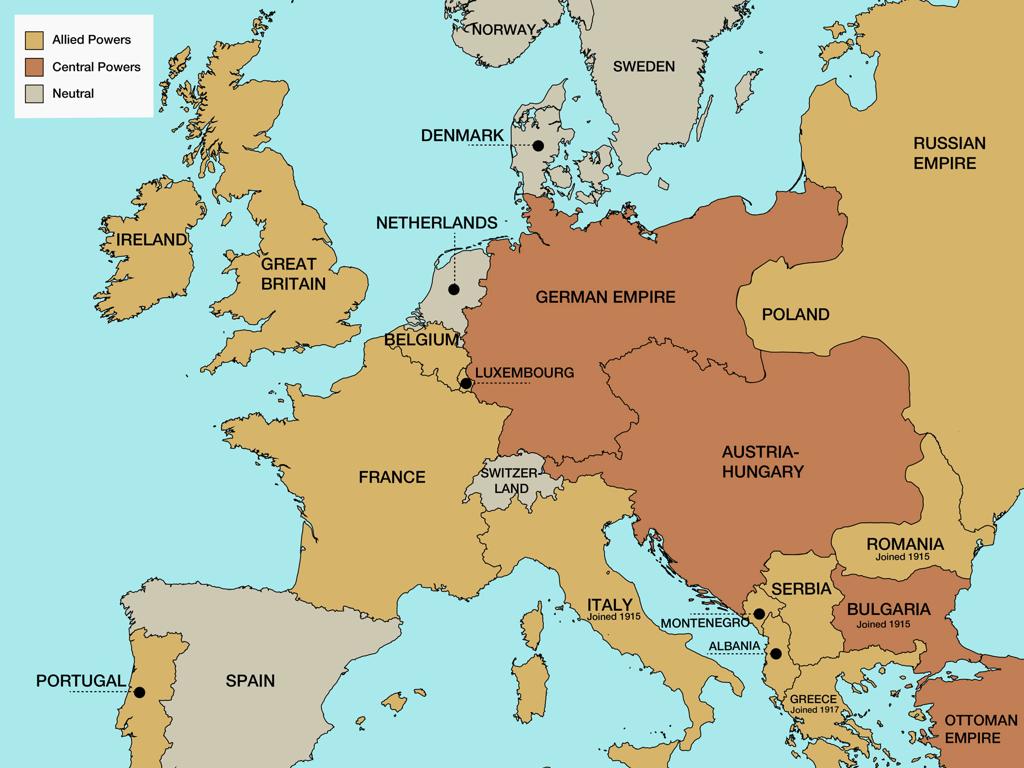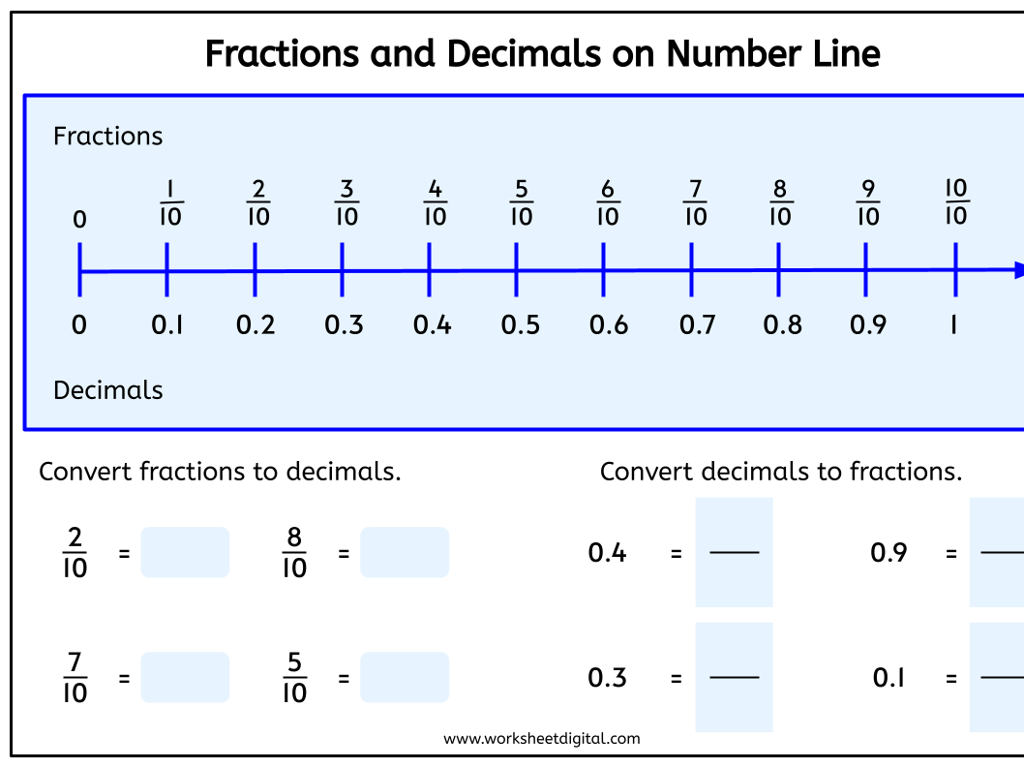Compare Information From Two Texts
Subject: Language arts
Grade: Sixth grade
Topic: Comparing Texts
Please LOG IN to download the presentation. Access is available to registered users only.
View More Content
Welcome to Comparing Texts!
– Learn to compare different sources
– Understand why it’s a key skill
– Comparing texts helps critical thinking and comprehension
– Discover today’s lesson objectives
– We’ll identify themes, analyze arguments, and contrast information
– Engage with examples and activities
– Practice with paired texts and group discussions
|
This slide introduces the concept of comparing texts, an essential component of critical reading and comprehension in Language Arts. Students will learn how to extract and contrast information from various sources, which is a vital skill for academic success and informed citizenship. Today’s objectives include identifying common themes, analyzing differing arguments, and contrasting the information presented in two or more texts. The lesson will be interactive, with examples drawn from texts that are relevant to the students’ experiences, and activities designed to reinforce the skills being taught. Encourage students to think about how comparing texts can apply to real-world situations, such as evaluating news sources or making informed decisions based on multiple perspectives.
Comparing Texts in Reading
– Define ‘compare’ in reading
– To examine similarities and differences between two texts
– Purpose of comparing texts
– Helps understand themes, topics, and perspectives
– Examples of text comparison
– Comparing news articles, stories, or historical documents
– Benefits of comparing texts
– Enhances critical thinking and analytical skills
|
When we talk about comparing texts in reading, we refer to the process of identifying and analyzing similarities and differences between two pieces of writing. This could be themes, characters, or the author’s message. The purpose of this comparison is to deepen comprehension and appreciate the nuances of different texts. For example, students might compare two news articles on the same event to discern different viewpoints, or two stories to explore varying narrative techniques. This skill is particularly useful for developing critical thinking and for understanding that texts can offer multiple perspectives on the same topic. Encourage students to think critically about the texts they read and to practice this skill with various types of writing.
Identifying Similarities and Differences
– Identify key points in texts
– Look for the main idea, themes, and arguments in each text.
– Techniques to find similarities
– Use Venn diagrams or lists to note shared traits or themes.
– Techniques to find differences
– Note contrasting details, perspectives, or events in the texts.
– Compare and contrast practice
|
This slide aims to equip students with strategies to compare two texts effectively. Start by guiding them to identify the main points in each text, such as the main idea, themes, and arguments. Teach them to use tools like Venn diagrams to visually organize and find similarities between the texts. Encourage them to be critical and look for differences in details, perspectives, or events. Provide practice opportunities with sample texts to apply these techniques. This will help students develop analytical skills that are crucial for understanding and comparing literary works.
Comparing Texts: Key Elements
– Examine topic, theme, and main idea
– Topic is the subject, theme is the message, and main idea is what the text is about.
– Analyze author’s purpose and perspective
– Purpose could be to inform, entertain, or persuade. Perspective is the author’s viewpoint.
– Contrast tone and style
– Tone is the author’s attitude, style is how they express it. How do they differ in the texts?
– Distinguish facts from opinions
– Facts are statements that can be proven, opinions are beliefs or judgments.
|
This slide aims to guide students through the process of comparing two texts. Start by discussing the topic, theme, and main idea to understand the core of each text. Then, move on to the author’s purpose and perspective, discussing why the author wrote the text and what their viewpoint is. Next, compare the tone and style of each text, which includes the author’s attitude and the way they express their thoughts. Finally, teach students to differentiate between facts that can be verified and opinions that are subjective. Encourage students to use these elements as a framework for comparing texts and to practice with examples in class.
Reading Strategies: Comparing Texts
– Skim for general understanding
– Quickly read to grasp the main idea of the texts
– Scan for specific details
– Look for particular facts or figures relevant to comparison
– Annotate texts for comparison
– Highlight, underline, or note margins to mark similarities and differences
– Practice with paired texts
|
This slide introduces students to effective reading strategies for comparing information from two texts. Skimming helps students get a general idea of what the texts are about, which is crucial before delving into a more in-depth comparison. Scanning allows students to find specific pieces of information that will be used in the comparison. Annotating is a critical skill that involves marking the text with notes, highlights, or underlining to draw attention to key points for comparison. Encourage students to practice these strategies with paired texts, looking for both similarities and differences. Provide examples of annotated texts and guide them through the process of skimming and scanning with in-class activities.
Comparing Two Articles
– Read two articles on the same topic
– Use a Venn diagram to compare
– A Venn diagram has overlapping circles to show what’s shared or different
– Identify similarities and differences
– Look for points that match and those that don’t in both articles
– Discuss findings in class
|
This slide introduces a class activity focused on comparing information from two texts. Students will read two short articles on the same subject to understand different perspectives or presentation of facts. Using a Venn diagram, they will visually organize the similarities and differences they find between the texts. This exercise helps develop critical thinking and analytical skills. Encourage students to look beyond the obvious and consider the tone, style, and intent of each article. After completing their diagrams, students will engage in a class discussion to share their insights, fostering a collaborative learning environment. Possible variations of the activity could include comparing editorials, news reports from different sources, or articles across different time periods.
Group Activity: Compare and Contrast Texts
– Form small discussion groups
– Receive two distinct texts
– Use a graphic organizer for comparison
– Venn diagrams or T-charts can be effective
– Get ready to present to the class
|
This group activity is designed to enhance students’ analytical skills by comparing and contrasting two different texts. Divide the class into small groups to foster collaboration. Each group will be given two texts with varying content, themes, or perspectives. Provide students with graphic organizers, such as Venn diagrams or T-charts, to help them visually organize the similarities and differences between the texts. Encourage critical thinking by asking them to consider the authors’ purposes, the contexts, and the intended audiences. After the analysis, each group will prepare a short presentation to share their findings with the class. This will not only help them understand the texts better but also improve their public speaking and presentation skills. Possible variations of the activity could include comparing texts from different genres, historical periods, or cultural backgrounds.
Class Discussion: Comparing Texts
– Groups share comparison findings
– Discuss various comparison approaches
– Reflect on context significance
– How does context influence our understanding of texts?
– Understand comparison benefits
|
In this class discussion, students will engage in a collaborative learning experience by sharing the results of their text comparison exercises. Each group will present their findings, highlighting the similarities and differences they discovered between two texts. The class will then discuss the different methods used to approach the comparison, understanding that there is no single correct way to compare texts. Emphasize the importance of context, such as the time period, culture, and author background, in interpreting texts and how it can affect their comparison. The teacher should facilitate the discussion, ensuring all students participate and reflect on what they’ve learned about comparing texts. Possible activities include comparing news articles on the same event from different sources, contrasting poems with similar themes, or analyzing two stories with a common character archetype.
Practice Time: Comparing Texts
– Complete the worksheet individually
– Read two short passages provided
– Use a graphic organizer to compare
– Organize information visually to see how texts relate
– Focus on similarities and differences
– Look for themes, settings, characters, or events
|
This slide introduces a hands-on activity where students will apply their understanding of comparing texts. Provide each student with a worksheet that includes two short passages and a graphic organizer, such as a Venn diagram or a T-chart. Instruct them to read both passages carefully and then use the graphic organizer to jot down the similarities and differences they find. Emphasize the importance of looking at various elements such as themes, settings, characters, and events. This activity will help students practice critical thinking and analytical skills. For the teacher: Prepare diverse passages that are age-appropriate and engaging. Consider walking through an example as a class before students begin. After the activity, facilitate a discussion where students can share their findings and reflect on the process.
Wrapping Up: Comparing Texts
– Review today’s key points
– Why comparing texts matters
– Comparing texts helps us understand different perspectives on the same topic.
– Homework: Compare two articles
– Choose articles on a subject you enjoy.
– Write an essay on your findings
– Highlight similarities and differences in your essay.
|
As we conclude today’s lesson, it’s important to recap the strategies we’ve learned for comparing texts. Understanding how to identify similarities and differences in content, style, and perspective is a valuable skill in academic settings and in everyday life. For homework, students should find two articles on a topic they’re interested in and write a short essay comparing the information presented in them. This exercise will help reinforce today’s lesson and give students practical experience in applying these comparison techniques. Encourage students to choose articles from reliable sources and to think critically about the information presented. The essay should include an introduction, at least one paragraph on similarities, one on differences, and a conclusion summarizing their findings.






